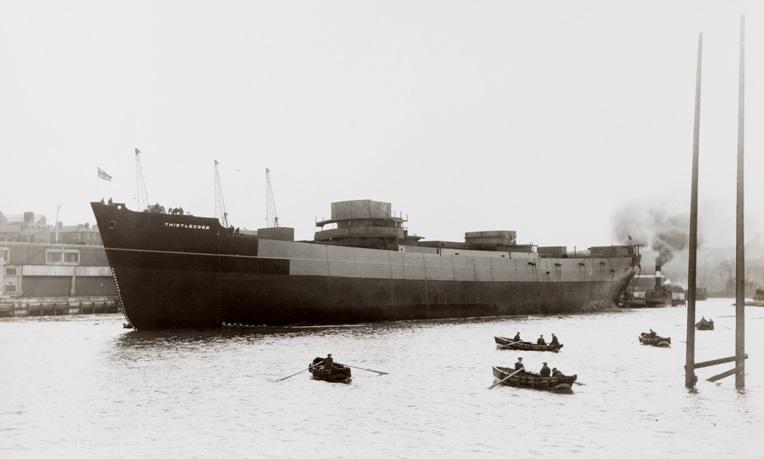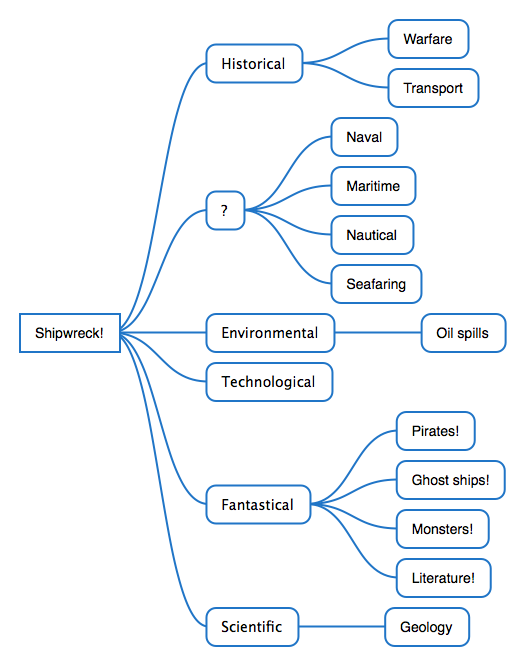I was tasked to use the subject of shipwrecks as a framework to produce a call for works of art, as well as design a work of art that fulfills said call.
A shipwreck can be a vessel of ideas to many domains. To begin with, there is the obvious historical value of it as an artifact of a certain event, be it a battle or a change in geological forms. Before starting anything, I felt that it is important to first have an idea about all the possible paths from which I can approach the concept of a shipwreck.
Up to this point, the environmental aspect of shipwrecks was a largely negative one in my mind, mainly because of their agency in cases of oil spills. To counter that, I searched for specific cases in which a shipwreck had some positive environmental effects. In one particular case, the cargo ship Adolphus Busch, which sank on the cost of Florida in 1998, was not salvaged but instead was used to cultivate colonies of reef.
This set me into the course of thinking of shipwrecks as a recreational, environmental space, that can be ecologically manipulated to aesthetic and environmental benefits. After all, sunken ships have always been important recreational diving spots. In one particular case, the naval ship Thistlegorm (pictured above), a naval ship that sunk during a maneuver in WWII in the Red Sea, was not salvaged upon discovery, but marketed as a diving spot instead.
My main driving question is what makes a sunken ship ecologically unique to engender reef growth, and by extension, is there such a thing as a shipwreck ecology separate from that of the ocean floor?
In addition, in terms of the work of art which I have to define and conceive to a level, what kind of restrictions does this line of thinking introduce? For instance, it has to have some sort of environmental resilience: it has to withstand the elements and chemistry of the ocean.
The closest domains I found to what I have in mind are works of bio-art and environmental art, which is my second research subject after the basic ecology of shipwrecks in the context of this project.



Leave a Reply